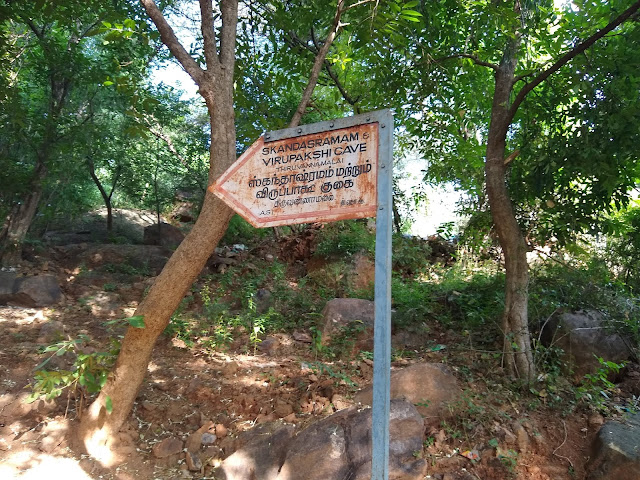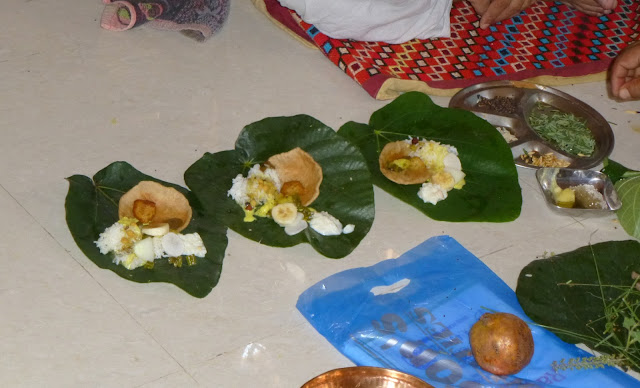January 13, 2020

The next day in the morning, kids wear their garlands, go on the rooftop of the house and call the crow to feed its Ghughuta and seek blessings. One can hear neighborhood kids also doing the same. Kids sing a specific song to call the crows.
 |
| Received through a WhatsApp message |
Makar Sankranti is probably the most familiar name for this time of the year. Others like Pongal, Bhogi, Lohri all just follow it. Ghughutia is how it is called in our home Uttarakhand in India.
What is Makar Sankranti? मकर संक्रान्ति - Makar (मकर) means Capricorn. Sankranti (संक्रान्ति) in general means transition, change of direction. Makar Sankranti is when the Sun progresses into the Capricorn zodiac attributing to the movement of Earth. Thus in Indian culture, we have 12 Sankrantis corresponding to each zodiac. We also consider Uttaraayan (उत्तरायण - उत्तर + अयन) to start from Makar Sankranti. Uttara (उत्तर) means North and Ayan (अयन) means movement or progress (Progress of sun towards the north). Sun progresses northward towards Tropic of Cancer during the next 6 months that is when the Karka Sankranti happens leading Sun into Dakshinaayan (दक्षिणायन).
Makar Sankranti brings a change of seasons, harvest season arrives, days tend to get longer, the weather gets warmer and in Uttarakhand, the migratory birds start returning to the hills. Even today, people in Uttarakhand say that the cold will go away after Makar Sankranti. Makar Sankranti and the whole Uttaraayan period also have great significance with one's spiritual journey. We have a close relationship with the Sun. If we can understand the Sun and its relation with everything around, we can understand our relationship with everything associated with us including our mind, etc. The Gayatri Mantra associated with the Sun is also where one seeks wisdom and enlightenment. Though any time is good to make progress, this particular time is considered specifically good to make spiritual progress.
Makar Sankranti is celebrated all over India (and in some Asian countries too) in some form or the other. The celebrations may differ but the underlying theme is the same. In Uttarakhand, Makar Sankranti is celebrated both in the form of Uttaraayan and Makar Sankranti - Ghughutia or Kale Kauva (काले कौवा or black crow). Uttaraayani fairs are held across different towns. I remember going for it a few times at our local center for cultural activities - Parvatiya Sanskritik Utthana Manch (पर्वतीय संस्कृतिक उत्थान मंच) in Haldwani.
For Makar Sankranti, people across Uttarakhand make sweets out of sweetened flour, typically with jaggery and deep-fried in ghee. There are a number of things that are cooked:
- Ghughute - though all the shapes are called Ghughute this is the main one which is Ghughuta. This is made in a specific twisted crossover shape.
 |
| Deep-fried Ghughute |
- Special Ghughuta for the crow - this one is made especially for crow.
 |
| Special Ghughuta for crow |
- Various shapes - flower, sword, shield, damru, chakri (spiral), khajoor (dates).
- Gudpare - Usual square or diamond-shaped sweets
- Bade - Made with urad daal and are salty with a hole in the center
 |
| Ghughute and different shapes |
Once the deep-fried Ghughute are ready, garlands are made with these by adding dry fruits (specifically fox nuts - मखाना and raisins - किशमिश) and fruit (usually an orange) in the center along with them. The garlands are then hung on the wall or kept someplace safe. They look like the ones in the cartoon picture above.
The song in Kumaoni:
काले कौवे काले घुघूती माला खाले
बडा पुआ खाले
ले कौवे बड़ा मेकें दे सुणो घड़ा
ले कौवे ढाल मेकें दे सुणो थाल
…..
In English:
Black, black crow, eat this ghughuta garland
Eat this badaa and pua
Black crow eat badaa, give me a gold pitcher
Black crow eat this shield, give me a gold plate
The advent of mobile phones and WhatsApp messages has also resulted in this morning ritual of Makar Sankranti to be done with messages these days. Once the Ghughute have been offered to the crow, one can enjoy it themselves. Ghughute are also shared with relatives and neighbors. By the end of the day, there is a vessel full of all Ghughute that came from various neighborhood houses that one won't be able to identify which was made by whom.
Here are some other glimpes of Sankranti celebrations in India from last few trips:





















































